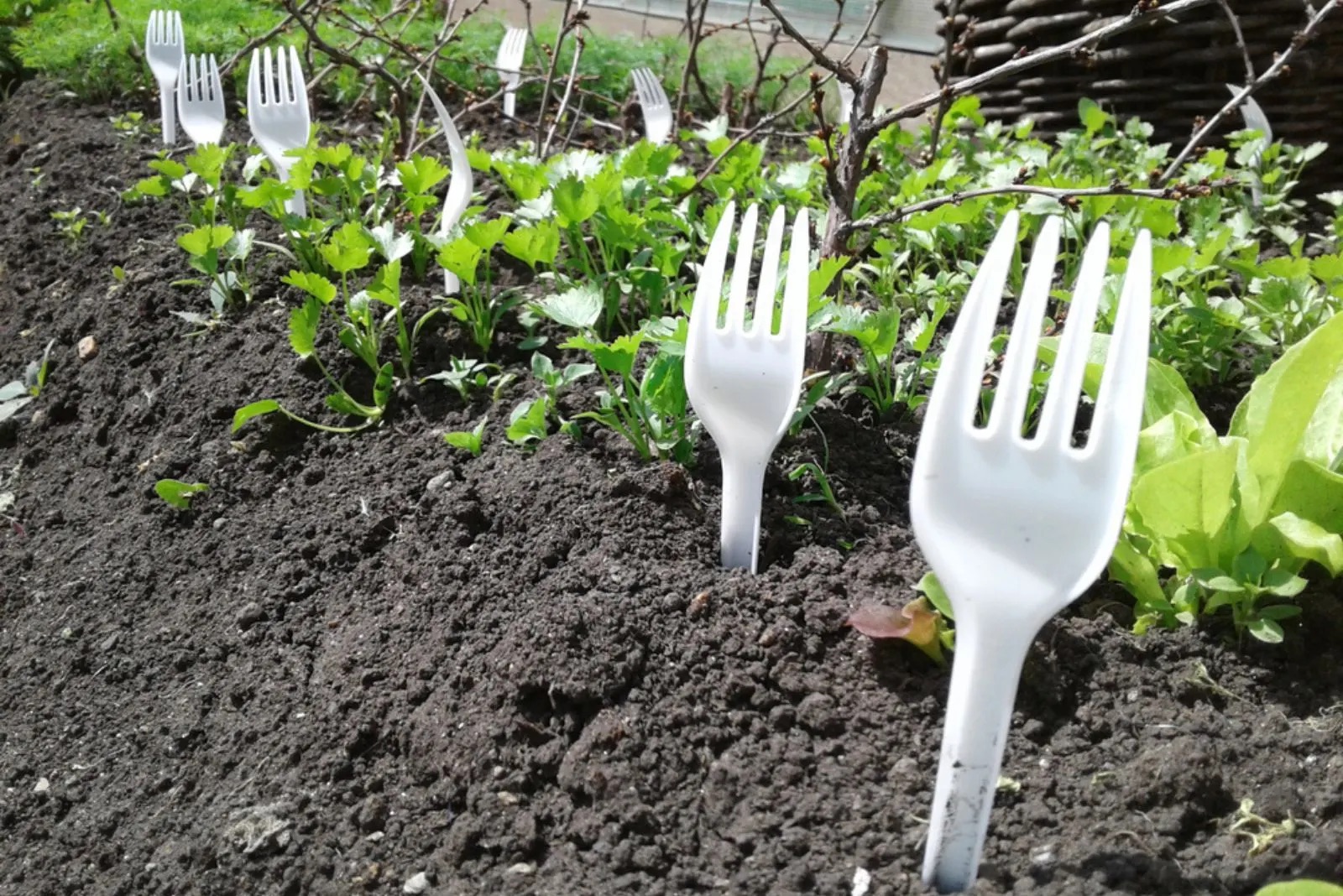

Articles
How To Keep Animals Out Of Garden
Modified: February 23, 2024
Learn effective gardening techniques to keep animals out of your garden and protect your plants. Find out how to deter pests and create a wildlife-friendly environment for your plants
(Many of the links in this article redirect to a specific reviewed product. Your purchase of these products through affiliate links helps to generate commission for Storables.com, at no extra cost. Learn more)
Introduction
Welcome to this comprehensive guide on how to keep animals out of your garden. If you’ve ever spent time carefully tending to your plants, only to find them ruined by pesky critters, you know how frustrating it can be. Animals like rabbits, deer, squirrels, raccoons, and even birds can cause significant damage to your garden, destroying your hard work and potentially leading to crop loss.
Keeping animals out of the garden is not only important for protecting your plants, but also for maintaining a balanced ecosystem. Many animals that intrude upon gardens are searching for food and shelter, and their presence can disrupt the delicate balance of the natural world.
In this guide, we will explore various methods to deter animals from entering your garden. We will cover how to identify common garden intruders, assess your garden for entry points, and build barriers to prevent their access. We will also discuss using natural deterrents, implementing humane traps and relocation methods, employing scare tactics, and maintaining a tidy garden to discourage animals.
Furthermore, we’ll explore the importance of community efforts in addressing animal control issues and how sharing knowledge and resources can lead to more successful and sustainable solutions.
So, whether you’re an avid gardener tired of sharing your harvest with unwanted visitors or simply want to preserve the beauty and integrity of your garden, this guide will provide you with valuable insights and practical tips to keep animals out of your garden.
Key Takeaways:
- Protect your garden and promote a balanced ecosystem by implementing barriers, natural deterrents, and humane trapping methods to keep animals away from your plants.
- Engage in community efforts to address animal control issues, share knowledge, and coordinate maintenance to create a harmonious coexistence with wildlife.
Read more: How To Keep Chickens Out Of Garden
Understanding the importance of keeping animals out of the garden
Keeping animals out of your garden is essential for several reasons. Firstly, it helps protect your hard work and investment in cultivating and maintaining your plants. Animals, such as rabbits, deer, and squirrels, can quickly and easily damage or destroy crops, flowers, and vegetables. This can result in significant financial losses and can be disheartening for gardeners who have put in countless hours of effort to nurture their plants.
In addition to protecting your garden from damage, keeping animals away is also important for maintaining a healthy ecosystem. While some animals may seem harmless, their presence in your garden can disrupt the natural balance by over-consuming certain plants, which can lead to a decline in biodiversity. By keeping animals out of your garden, you are promoting the growth and survival of a wide range of plants and creating a more harmonious environment.
Another crucial reason to keep animals away from your garden is to prevent the spread of diseases. Wild animals can carry various diseases and parasites that can be harmful to humans, pets, and other wildlife. For example, raccoons are known carriers of rabies, while rodents can transmit diseases such as hantavirus and leptospirosis. By implementing measures to deter animals from your garden, you reduce the risk of exposure to these diseases and promote a safer living environment.
Furthermore, by preventing animals from accessing your garden, you are protecting them as well. Some plants, especially those commonly found in gardens, can be toxic to animals if ingested. By keeping animals away, you reduce the chance of accidental poisoning and ensure their well-being.
Finally, keeping animals out of your garden contributes to the overall beauty and enjoyment of your outdoor space. Gardens are often created as havens of tranquility and beauty, and unwanted animal intrusions can disrupt this peaceful environment. By maintaining a garden free from animal interference, you can fully appreciate the fruits of your labor and create a space that is inviting and enjoyable for yourself, your family, and guests.
In the next sections, we will explore various strategies and techniques to help you achieve the goal of keeping animals out of your garden. From assessing potential entry points to implementing deterrents and traps, we will provide you with practical solutions to protect your garden and preserve its beauty and function.
Common animals that can cause damage to your garden
When it comes to protecting your garden from animal intrusions, it’s important to be familiar with the common culprits that can cause damage. Understanding their behavior and habits will help you implement appropriate measures to keep them at bay. Here are some of the most common animals that can wreak havoc on your garden:
- Rabbits: These small, herbivorous mammals are notorious for nibbling on various garden plants, especially young shoots, flowers, and vegetables. They can quickly devastate an entire garden if left unchecked.
- Deer: With their voracious appetites, deer can cause significant damage to gardens, munching on everything from shrubs and flowers to fruits and vegetables. Their large size and ability to jump fences make them particularly challenging to deter.
- Squirrels: Known for their agility and acrobatic skills, squirrels can cause a range of problems in gardens. They love to dig up bulbs, steal fruits and nuts, and even feast on young plants. Their ability to quickly climb trees and jump makes them a persistent nuisance.
- Raccoons: These intelligent creatures are known for their opportunistic feeding habits. They can dig up plants, destroy crops, and raid garbage bins in search of food. Raccoons are particularly attracted to gardens with available water sources.
- Birds: While birds can add beauty and charm to your garden, some species can also cause damage. They peck at fruits, pull at tender shoots, and can create a mess with their droppings. Protecting crops from birds may require specific bird deterrents.
- Groundhogs: Also known as woodchucks, groundhogs are expert diggers and can burrow under fences, allowing them easy access to gardens. They have a voracious appetite for crops such as lettuce, beans, and carrots.
- Rodents: Mice, rats, and voles can cause significant damage to garden plants by gnawing on roots, stems, and fruits. They can also chew through irrigation systems and create tunnels under the ground, compromising the overall integrity of your garden.
It’s important to note that these are just a few examples of the animals that can cause damage to gardens. Depending on your location and the specific ecosystem, you may encounter other critters that can pose a threat to your plants.
In the next sections, we will explore various strategies and techniques to deter these animals from entering your garden and protect your plants from their destructive habits.
Assessing your garden for potential entry points
Before implementing any measures to keep animals out of your garden, it’s crucial to assess your garden for potential entry points. Animals can find even the smallest openings to access your garden, so it’s essential to identify and address these vulnerabilities. Here are some steps to help you assess your garden:
- Walk the perimeter: Take a walk around the perimeter of your garden and carefully examine any fences, walls, or hedges. Look for gaps, holes, or loose boards that animals could squeeze through or easily push aside. Pay close attention to the ground level, as smaller animals like rabbits may find entry points near the base of the fence.
- Check beneath fences: Animals like groundhogs and rabbits are skilled diggers. Make sure there are no areas where they can burrow beneath the fence. If you find any holes, fill them with soil or use wire mesh buried at least a foot into the ground to deter digging.
- Inspect gates: Gates are common entry points for animals. Make sure they are secure and properly latching. Consider adding locks or deterrents to prevent animals from pushing or opening gates.
- Look for climbing opportunities: Some animals, like squirrels and raccoons, are excellent climbers. Check for overhanging branches, trellises, or other structures that could serve as a launching pad into your garden. Trim tree branches and ensure that there are no nearby structures that can provide easy access to your garden.
- Check for gaps in raised beds or containers: If you have raised beds or containers, ensure there are no gaps between the bed walls or cracks in the containers that animals could squeeze through. Secure any loose boards or panels to prevent animals from gaining access.
- Inspect other potential entry points: Animals can find their way through gaps in windows, vents, or openings in sheds or outbuildings. Seal any small cracks or gaps using caulk or weather-stripping to prevent unwanted visitors.
Once you’ve thoroughly assessed your garden for potential entry points, take note of any areas that require attention. Addressing these vulnerabilities will significantly reduce the chances of animals gaining access to your garden.
In the next sections, we will explore various methods to build barriers, use natural deterrents, implement traps, and employ scare tactics to further protect your garden from animal intrusions.
Building barriers to protect your garden from animals
Building barriers is an effective method to keep animals out of your garden and protect your plants. By creating physical obstacles, you can deter animals from accessing your garden and minimize the potential for damage. Here are some barrier options to consider:
- Fencing: Installing a sturdy fence is one of the most common and effective ways to create a barrier around your garden. Choose a fence height that corresponds to the size of the animals you want to keep out. For larger animals like deer, a fence should be at least 8 feet tall. Make sure the fence is buried at least 12 inches below ground to deter digging. Opt for materials like wire mesh or chicken wire with small gaps to prevent smaller animals from squeezing through.
- Netting: Netting is an excellent option to protect specific plants or beds from birds and small animals. It can be draped over plants or attached to a frame to create a protective barrier. Choose netting with small mesh to prevent birds or small rodents from getting entangled.
- Cages and enclosures: For individual plants or vulnerable areas, consider using cages or enclosures. These can be constructed using wire mesh or hardware cloth and placed over plants to create a physical barrier. Ensure the cages or enclosures are tall enough to accommodate the plants’ growth.
- Electric fencing: Electric fences can be effective in deterring larger animals like deer or raccoons. They deliver a mild electric shock when touched, teaching animals to stay away from your garden. However, be cautious with electric fencing, as it can potentially harm pets or wildlife.
- Plant borders: Some plants are natural deterrents for certain animals. For example, planting thorny shrubs or prickly plants like rose bushes or holly around the perimeter of your garden can discourage animals from venturing closer.
- Raised beds: Building raised beds can make it more challenging for animals to access your plants. The elevated height can deter smaller animals, and you can further protect the beds by attaching wire mesh to the bottom to prevent burrowing.
When building barriers, it’s essential to ensure they are secure and properly maintained. Regularly inspect your fences, netting, and enclosures for any signs of damage or wear. Repair or reinforce them as needed to maintain their effectiveness.
Combining different barrier methods can provide additional protection for your garden. For example, you can use a combination of fencing and netting to create a layered defense against various animals.
In the next sections, we will explore natural deterrents, humane traps, scare tactics, and garden maintenance techniques to further prevent animals from entering your garden and damaging your plants.
Read more: How To Keep Raccoon Out Of Garden
Using natural deterrents to keep animals away from your garden
Using natural deterrents is an eco-friendly and humane approach to keep animals away from your garden. These deterrents make your garden less appealing to animals, encouraging them to seek food and shelter elsewhere. Here are some natural deterrents you can try:
- Strong-smelling plants: Some plants have strong odors that animals find unpleasant. Consider planting herbs like mint, lavender, or rosemary around your garden perimeter or intermixed with your crops. The strong scent of these plants can help deter animals.
- Spicy or pungent substances: Animals have a strong sense of smell, and certain substances can be deterrents. Sprinkling cayenne pepper, garlic powder, or vinegar around your garden can create a scent barrier that animals find unappealing.
- Repellent plants: There are certain plants that animals are naturally averse to. For example, marigolds, daffodils, and geraniums can repel rabbits, while plants like rue, yarrow, and sage can deter deer. Integrate these repellent plants throughout your garden to help keep animals at bay.
- Predator urine: Animals are instinctively fearful of predators. You can purchase predator urine, such as fox or coyote urine, and sprinkle it around your garden perimeter. The scent can create a sense of danger, deterring smaller animals.
- Reflective surfaces: Animals can be startled by sudden flashes of light. Hang reflective objects like aluminum foil strips or old CDs around your garden to create movement and reflection. This can deter animals like birds and squirrels.
- Sound devices: Some animals are sensitive to loud or unexpected noises. Utilize wind chimes, motion-activated sound devices, or even a radio playing at low volume to create auditory deterrents. The unfamiliar sounds can discourage animals from approaching your garden.
- Water deterrents: Utilize water features like fountains or sprinklers to deter animals. The sound and movement of water can create an obstacle that animals will prefer to avoid.
It’s important to rotate or alternate the natural deterrent methods you use. Animals can become accustomed to a specific scent or sound over time, reducing the effectiveness of the deterrent. By changing it up periodically, you increase the chances of keeping animals out of your garden.
Remember, natural deterrents may not be 100% foolproof, and their effectiveness can vary depending on the animal species and the severity of the animal problem in your area. In cases of persistent or severe intrusion, you may need to combine natural deterrents with other measures such as barriers or traps.
In the next sections, we will explore humane trapping and relocation methods, scare tactics, and garden maintenance techniques to further protect your garden from animal intrusions.
Install a fence around the garden to keep animals out. Use chicken wire or hardware cloth buried at least 12 inches deep to prevent digging. Regularly inspect and repair any damage to the fence.
Implementing humane traps and relocation methods
When it comes to dealing with persistent animal intrusions in your garden, humane trapping and relocation methods can be effective and compassionate solutions. Here’s how you can implement these methods:
- Choose humane traps: Select live-capture traps that are designed to safely catch animals without causing them harm. Look for traps with smooth edges and secure doors that won’t injure the animals.
- Identify target animals: Determine which specific animals are causing damage to your garden. This will help you set traps in the right locations and tailor your trapping efforts accordingly.
- Place traps strategically: Set traps in areas where you’ve noticed animal activity or near known entry points. Camouflage the traps with leaves or twigs to make them less conspicuous to the animals.
- Bait traps appropriately: Use bait that is attractive to the target animal. Fresh fruits, vegetables, or specially formulated baits can entice them into the trap.
- Check traps regularly: It’s crucial to check the traps at least once or twice a day to minimize stress on the trapped animals. Leaving them for extended periods can be harmful to their well-being.
- Release animals in suitable locations: Release trapped animals in appropriate areas far from your garden. Choose release sites that provide suitable habitat and resources for the animal to thrive.
- Follow local regulations: Make sure to comply with local regulations regarding trapping and relocation. Some animals may be protected or have specific guidelines for trapping and relocation practices.
- Consider seeking professional assistance: If you’re unsure about trapping and relocation methods or dealing with specific animal species, it’s advisable to consult with wildlife professionals or organizations that specialize in humane animal control.
Remember, trapping and relocation should only be used as a last resort when other methods have failed or when the animal’s presence poses a significant risk to your garden or property. It’s important to ensure the well-being and safety of both the trapped animals and the surrounding ecosystem.
By implementing humane trapping and relocation methods, you can remove problematic animals from your garden while minimizing harm and promoting a harmonious coexistence with wildlife.
In the next sections, we will explore scare tactics and strategies to maintain a tidy and well-maintained garden to further discourage animals from entering and damaging your garden.
Utilizing scare tactics to deter animals from entering your garden
Scare tactics can be effective in deterring animals from entering your garden by creating a sense of danger or threat. By utilizing these tactics, you can create an environment that animals want to avoid. Here are some scare tactics you can employ:
- Visual deterrents: Certain visual stimuli can startle and deter animals. Hang shiny objects like aluminum foil strips, old CDs, or reflective tape in your garden. When the wind blows, these items will create flashes of light and movement, discouraging animals from venturing closer.
- Predator decoys: Place decoys of natural predators, such as owls, snakes, or coyotes, around your garden. The sight of these predators can instill fear in smaller animals and deter them from entering your garden.
- Scarecrows: Traditional scarecrows have long been used to frighten birds and smaller animals. Create a scarecrow by stuffing old clothes and placing it in a visible area of your garden. The human-like presence can deter animals from approaching.
- Motion-activated devices: Install motion-activated devices that emit sudden bursts of noise or light when triggered. This can startle animals and discourage them from staying or returning to your garden.
- Ultrasonic devices: Ultrasonic devices emit high-frequency sounds that are inaudible to humans but can be irritating to animals. Install these devices in your garden to deter animals without causing harm.
- Water sprayers: Motion-activated water sprayers can be an effective scare tactic, especially for larger animals like deer or raccoons. When the animal enters the garden, the sensor is triggered, and a burst of water is released, frightening the animal away.
- Guard dogs: A well-trained and supervised guard dog can help keep animals away from your garden. The presence and barking of a dog can deter animals from approaching and provide an added layer of security.
Utilizing scare tactics is most effective when combined with other preventive measures such as barriers, natural deterrents, and regular maintenance. Rotate and change scare tactics periodically to prevent animals from becoming accustomed to them.
It’s important to note that scare tactics may not work for all animals, and their effectiveness can vary depending on the species and individuals in your area. Observing animal behavior and adapting your scare tactics accordingly can increase their success rate.
In the next section, we will explore the importance of maintaining a tidy and well-maintained garden to discourage animals from entering and causing damage.
Maintaining a tidy and well-maintained garden to discourage animals
Keeping your garden tidy and well-maintained is an essential step in discouraging animals from entering and causing damage. A neat and organized garden sends signals to animals that it is well-cared for and less attractive as a potential food source or shelter. Here are some tips to help you maintain a garden that deters animals:
- Remove food sources: Regularly clean up fallen fruits, nuts, or vegetables from the ground. These can attract animals looking for an easy meal. Clear away any bird feeders or pet food dishes in the garden as well.
- Prune and trim plants: Overgrown plants and branches touching fences or structures can provide convenient access for animals. Regularly prune and trim your plants to maintain a tidy appearance and remove possible entry points.
- Remove hiding spots: Animals often seek shelter in dense vegetation or piles of debris. Clear away brush, trim hedges, and remove any clutter or unused items from your garden to eliminate potential hiding spots.
- Regularly weed: Weeds can provide shelter and attract certain animals. Stay on top of weed control to prevent them from taking over your garden and creating desirable environments for pests.
- Properly store compost: If you have a compost pile, ensure it is properly contained and covered. Avoid adding food scraps that may attract animals. Turning the compost regularly will also discourage animals from making it their feeding ground.
- Secure trash bins: Animals are attracted to the smell of garbage. Keep your trash bins securely closed and ensure they are animal-proof. If necessary, store them in a shed or garage until trash pickup day.
- Regularly inspect and repair fences: Check your fences for any damage or signs of weakness. Repair or reinforce them promptly to prevent animals from finding entry points.
- Clean up debris and fallen leaves: Remove dead leaves, debris, and fallen branches from your garden. These can create hiding spots for animals and make it easier for them to access your plants.
- Implement regular maintenance routines: Regularly inspect your garden for signs of animal activity, such as tracks or chewed plants. Address any issues promptly to prevent them from escalating.
By consistently maintaining a tidy and well-kept garden, you create a less enticing environment for animals. The absence of easy food sources, hiding spots, and clutter reduces the attractiveness of your garden as a target for animal intrusions.
Remember, prevention is key when it comes to deterring animals. By combining these maintenance practices with other preventive strategies such as barriers, natural deterrents, and scare tactics, you significantly increase your chances of keeping animals away from your garden.
In the next section, we will explore the importance of engaging in community efforts to address animal control issues and promote a harmonious coexistence with wildlife.
Read more: How To Keep Groundhogs Out Of Your Garden
Engaging in community efforts to address animal control issues
Addressing animal control issues goes beyond individual efforts. By engaging in community-wide initiatives, you can contribute to creating a more harmonious coexistence with wildlife and finding sustainable solutions to animal intrusions. Here are some ways you can get involved in community efforts:
- Share knowledge and experiences: Participate in local gardening clubs, community forums, or online platforms to share your experiences and learn from others. By exchanging knowledge and information, you can collectively find effective methods to address animal control issues.
- Collaborate with neighbors: Communicate with your neighbors about animal intrusions and discuss shared challenges. By working together, you can implement coordinated efforts such as installing cohesive fences or using collective scare tactics that deter animals from multiple properties.
- Coordinate garden maintenance: Develop a community-wide maintenance routine to ensure that all gardens in the neighborhood are well-managed and properly maintained. By reducing ideal habitats and food sources within the community, you can discourage animal populations from establishing themselves.
- Volunteer for local animal control organizations: Animal control organizations often rely on volunteers to assist with trapping and relocation efforts. Offer your time and support to help address animal control issues in your community.
- Advocate for responsible pet ownership: Irresponsible pet ownership can contribute to animal intrusions. Encourage pet owners in your community to keep their pets indoors, supervise outdoor activities, or use appropriate fencing to prevent them from causing damage to gardens or wildlife habitats.
- Support habitat preservation efforts: Help local organizations and initiatives that focus on preserving natural habitats and wildlife corridors. By protecting natural environments, we can encourage animals to stay in their natural habitats rather than venturing into urban areas and gardens.
- Educate and raise awareness: Organize workshops or community events to educate residents about animal behavior, prevention methods, and the importance of finding humane and sustainable solutions. By raising awareness, you can inspire more individuals to take action and contribute to animal control efforts.
Engaging in community efforts to address animal control issues fosters a sense of collective responsibility and encourages collaboration among neighbors. By working together, you can create a stronger and more effective approach to managing animal intrusions while promoting empathy and respect for wildlife.
Remember that addressing animal control issues requires patience and a commitment to finding sustainable solutions. By coming together as a community, we can create an environment where both humans and wildlife can coexist in a mutually beneficial manner.
By implementing the strategies and techniques discussed throughout this guide and actively participating in community efforts, you can significantly reduce animal intrusions in your garden and contribute to maintaining a balanced and thriving ecosystem.
Together, we can foster a harmonious relationship between our gardens and the diverse wildlife that surrounds us.
Conclusion
Keeping animals out of your garden is essential for protecting your plants, preserving a healthy ecosystem, and maintaining the beauty and functionality of your outdoor space. Throughout this guide, we have explored a variety of methods and techniques to help you achieve this goal.
We began by understanding the importance of keeping animals away from your garden, highlighting the potential damage they can cause to your plants and the disruption they can bring to the natural balance of the environment. We then delved into the common animals that can wreak havoc in gardens, such as rabbits, deer, squirrels, raccoons, and birds.
Assessing your garden for potential entry points is a crucial step in implementing effective preventive measures. By identifying vulnerabilities such as gaps in fences, climbing opportunities, or burrowing spots, you can take action to secure your garden and minimize the chances of animal intrusions.
Building barriers, such as fences, netting, or cages, creates physical obstacles that deter animals from accessing your garden. Natural deterrents, like strong-smelling plants, spicy substances, or predator urine, make your garden less appealing to animals. Implementing humane trapping and relocation methods can help you address persistent intrusions with compassion and respect for wildlife.
Scare tactics, including visual deterrents, predator decoys, or motion-activated devices, create an environment of perceived danger, encouraging animals to stay away. Regular garden maintenance, such as removing food sources, pruning plants, and keeping the area tidy, further deters animals from entering your garden.
Engaging in community efforts, such as sharing knowledge and experiences, coordinating maintenance, and supporting local organizations, allows us to collectively address animal control issues and find sustainable solutions. By working together, we can foster a harmonious coexistence with wildlife and contribute to the preservation of natural habitats.
In conclusion, by combining these strategies and techniques, you can significantly reduce animal intrusions and create a more resilient and thriving garden. Remember to approach animal control with empathy and respect, always striving to find humane and sustainable solutions that protect both your garden and the wildlife that surrounds it.
Embrace the joy of gardening while actively preserving the delicate balance between humans and nature. With dedication and a community mindset, we can enjoy the beauty and abundance of our gardens while respecting the diverse creatures that call them home.
Frequently Asked Questions about How To Keep Animals Out Of Garden
Was this page helpful?
At Storables.com, we guarantee accurate and reliable information. Our content, validated by Expert Board Contributors, is crafted following stringent Editorial Policies. We're committed to providing you with well-researched, expert-backed insights for all your informational needs.
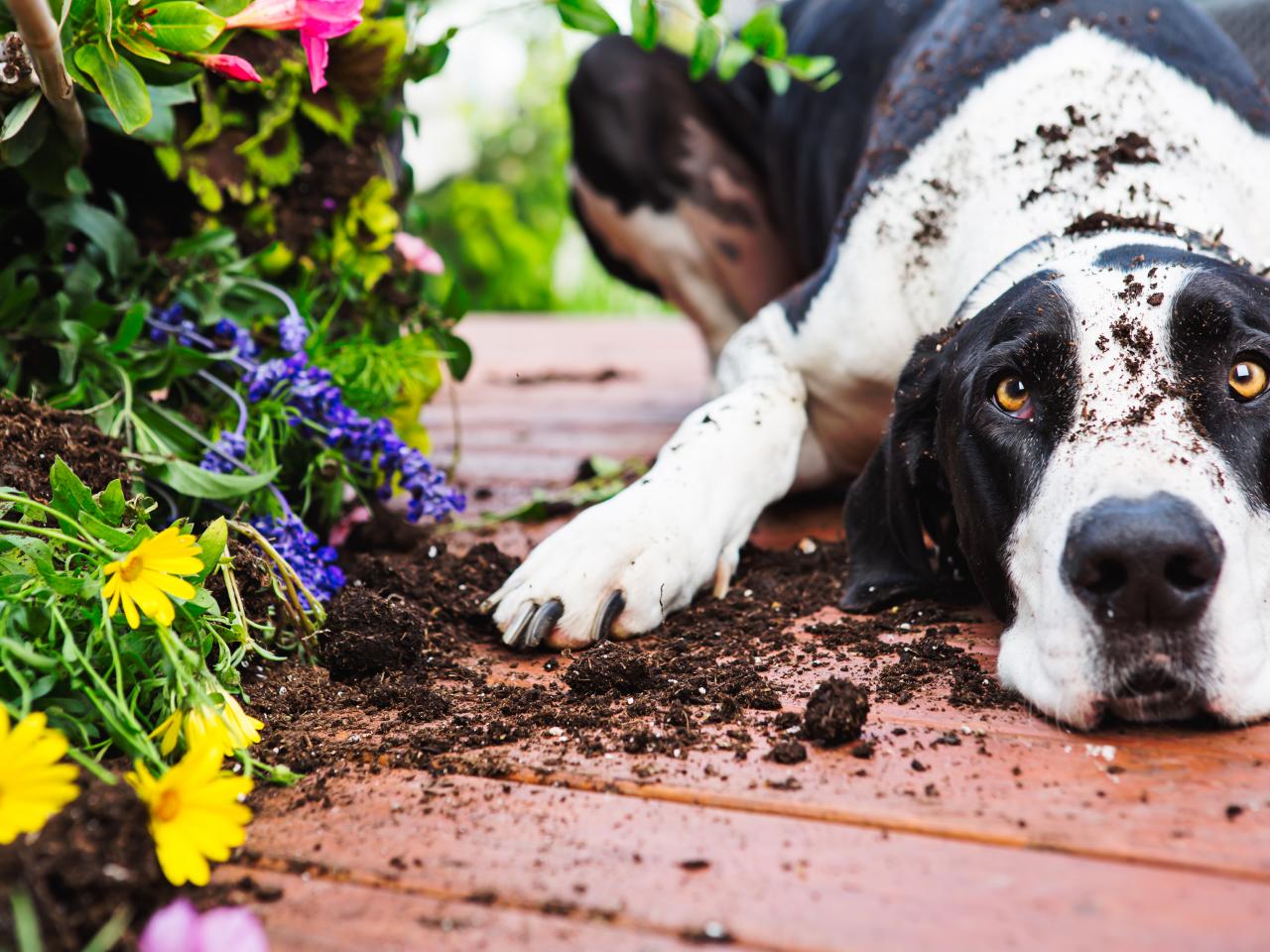
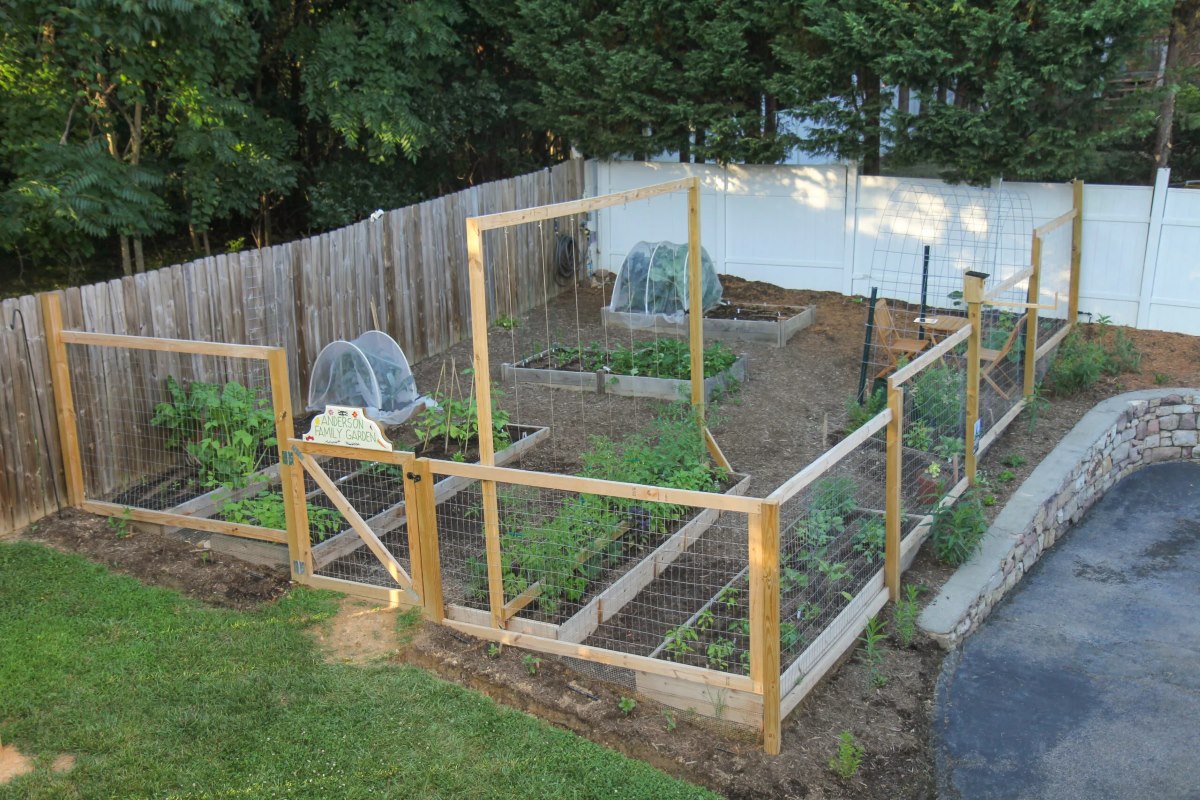
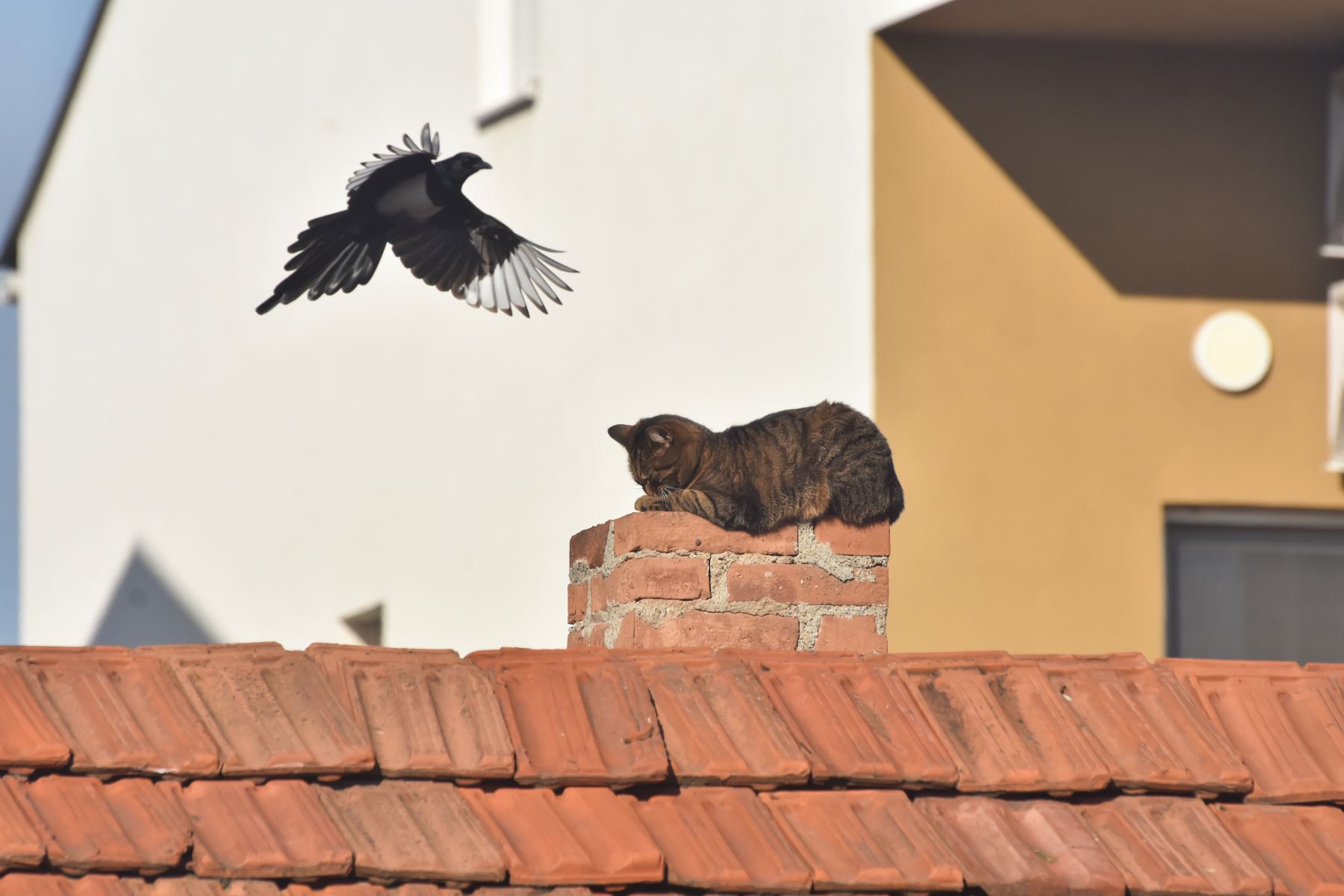
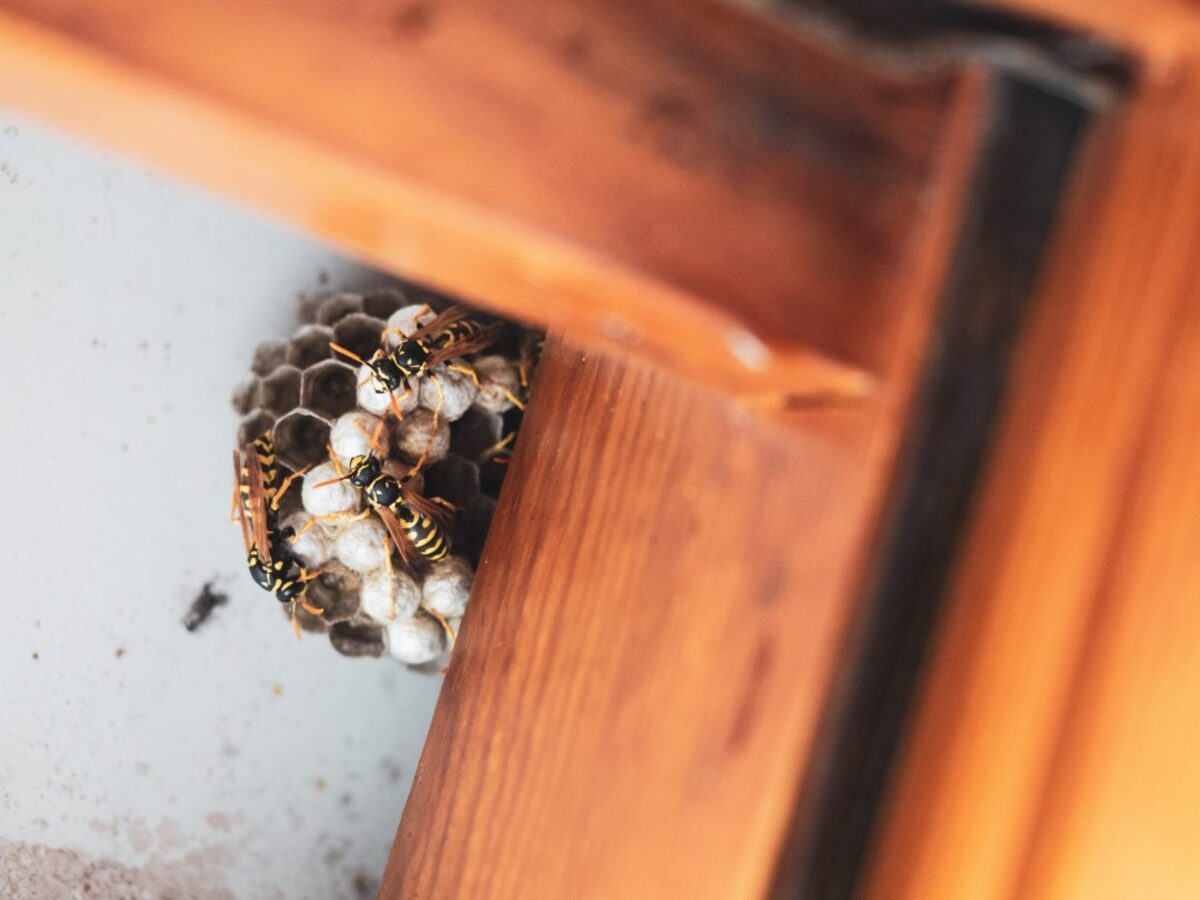

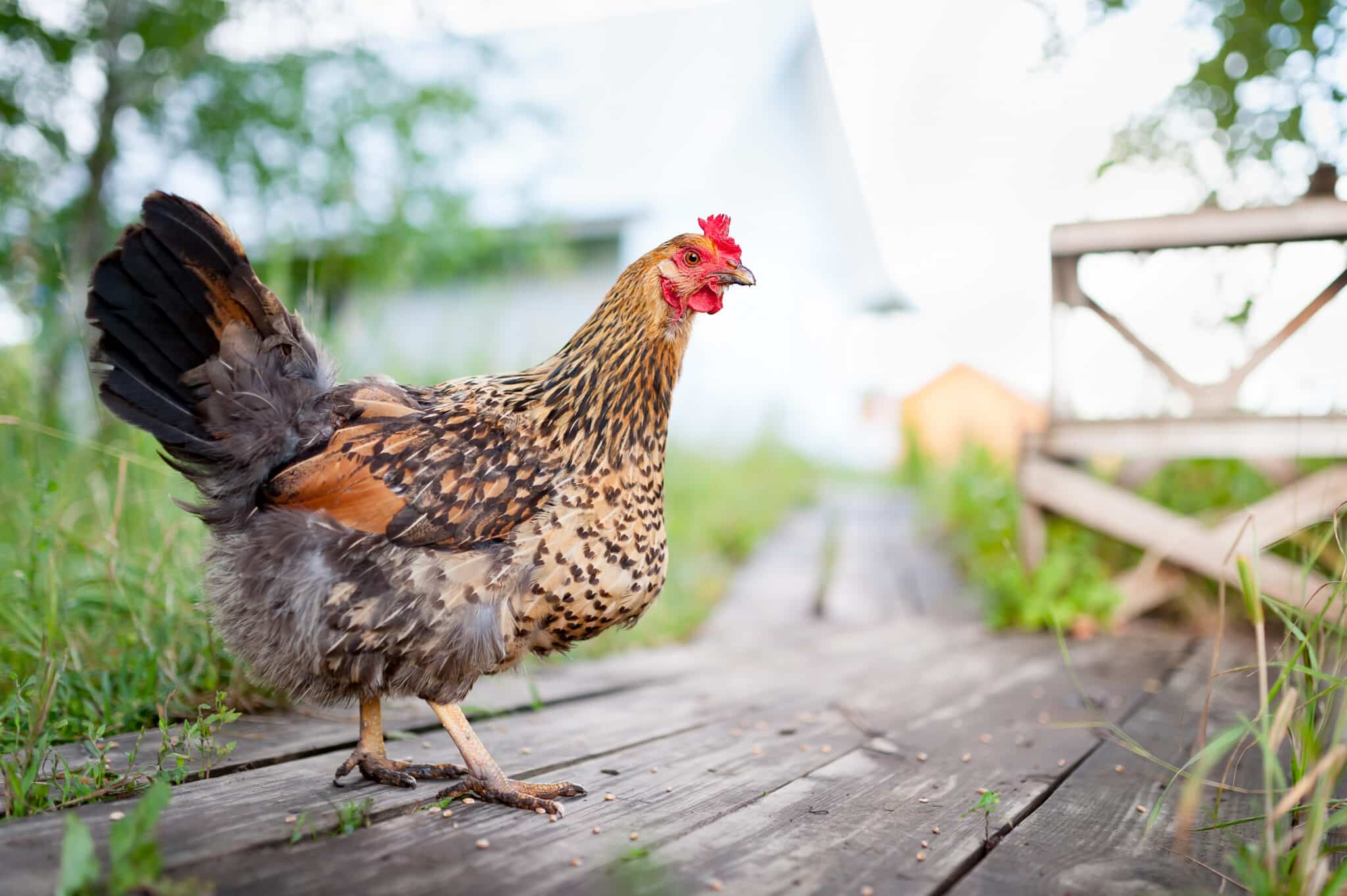
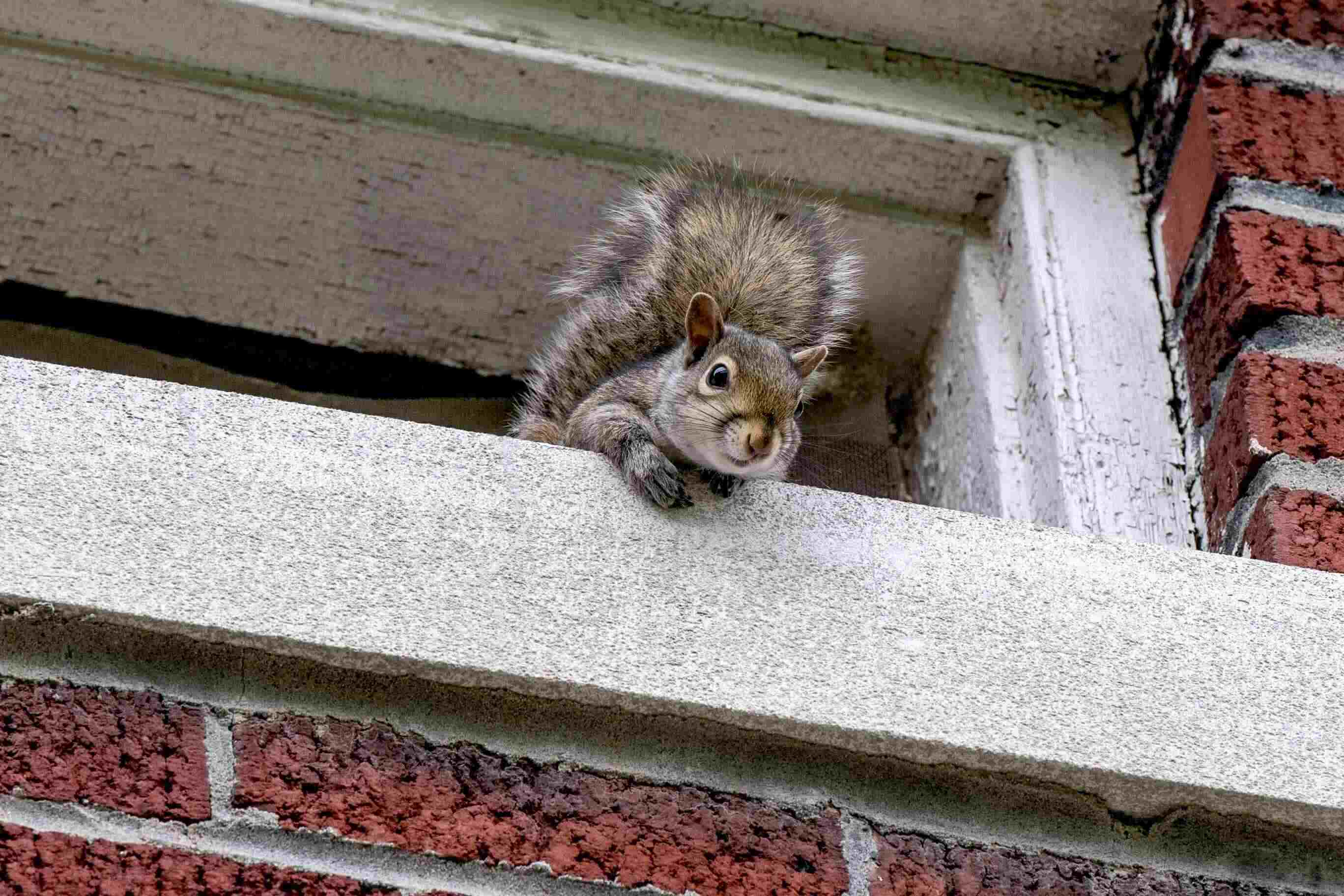
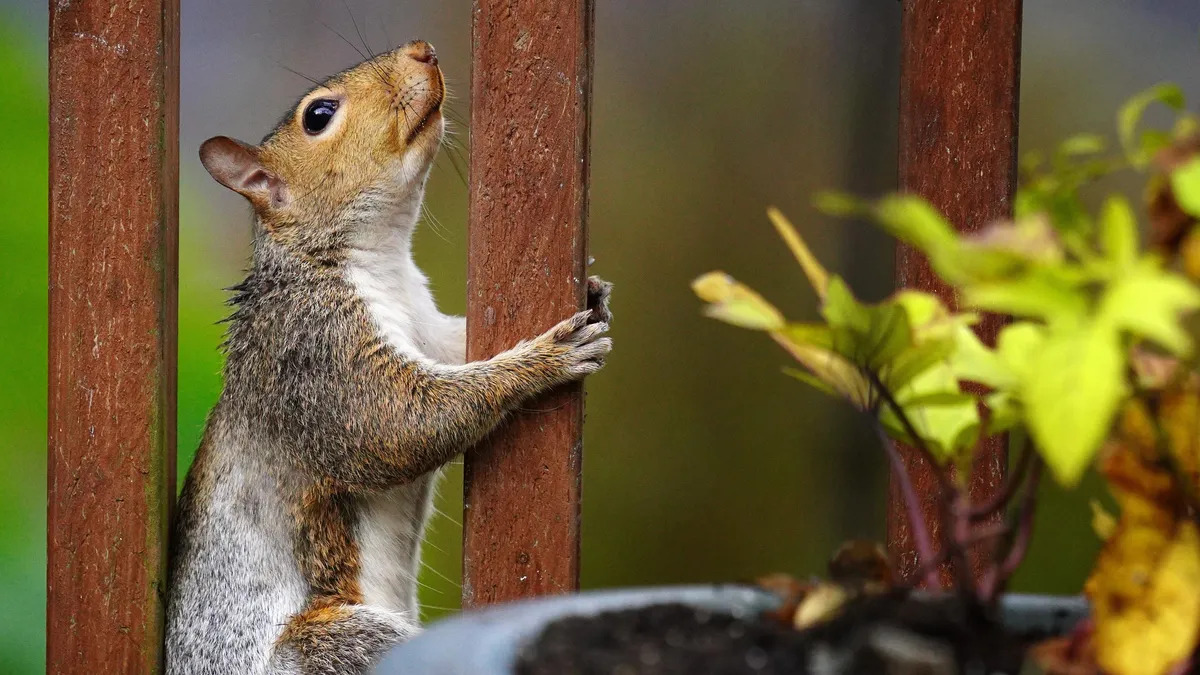
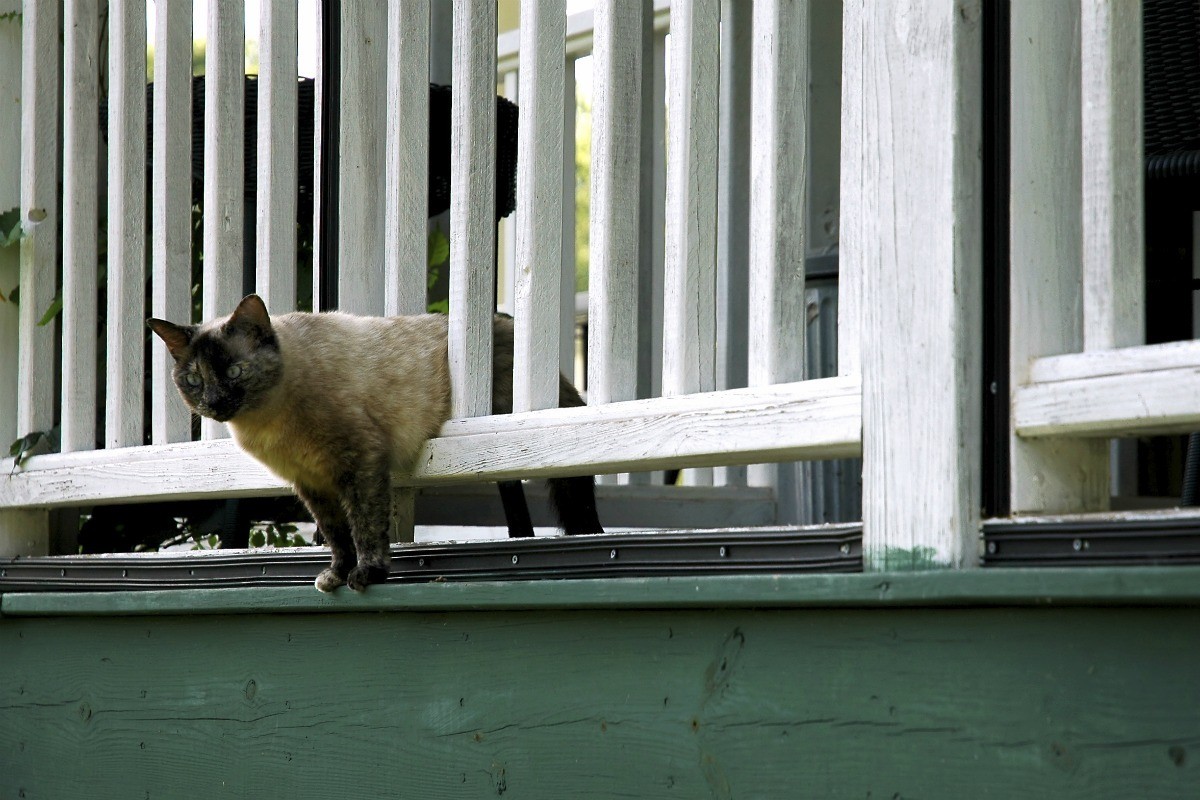
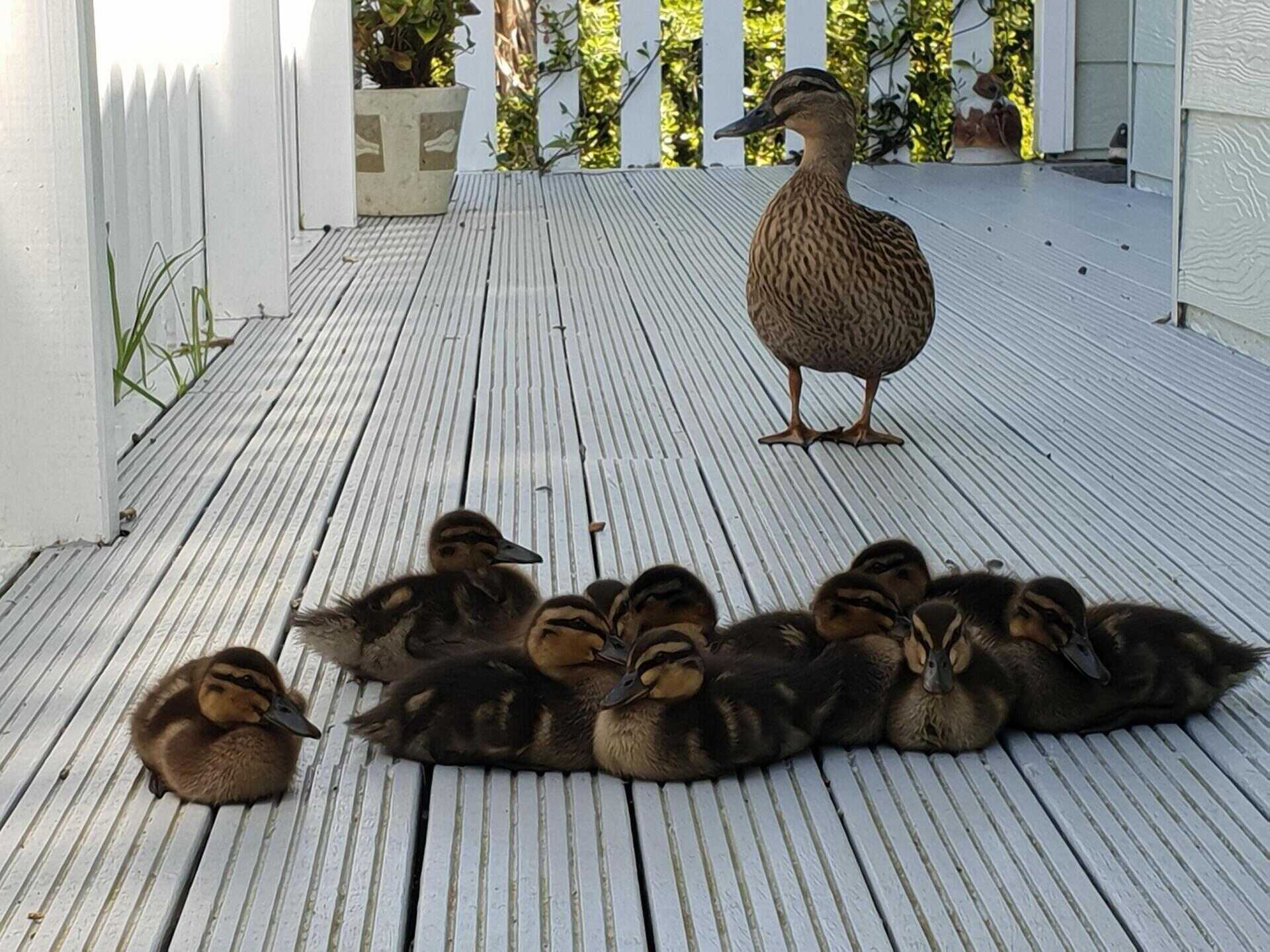
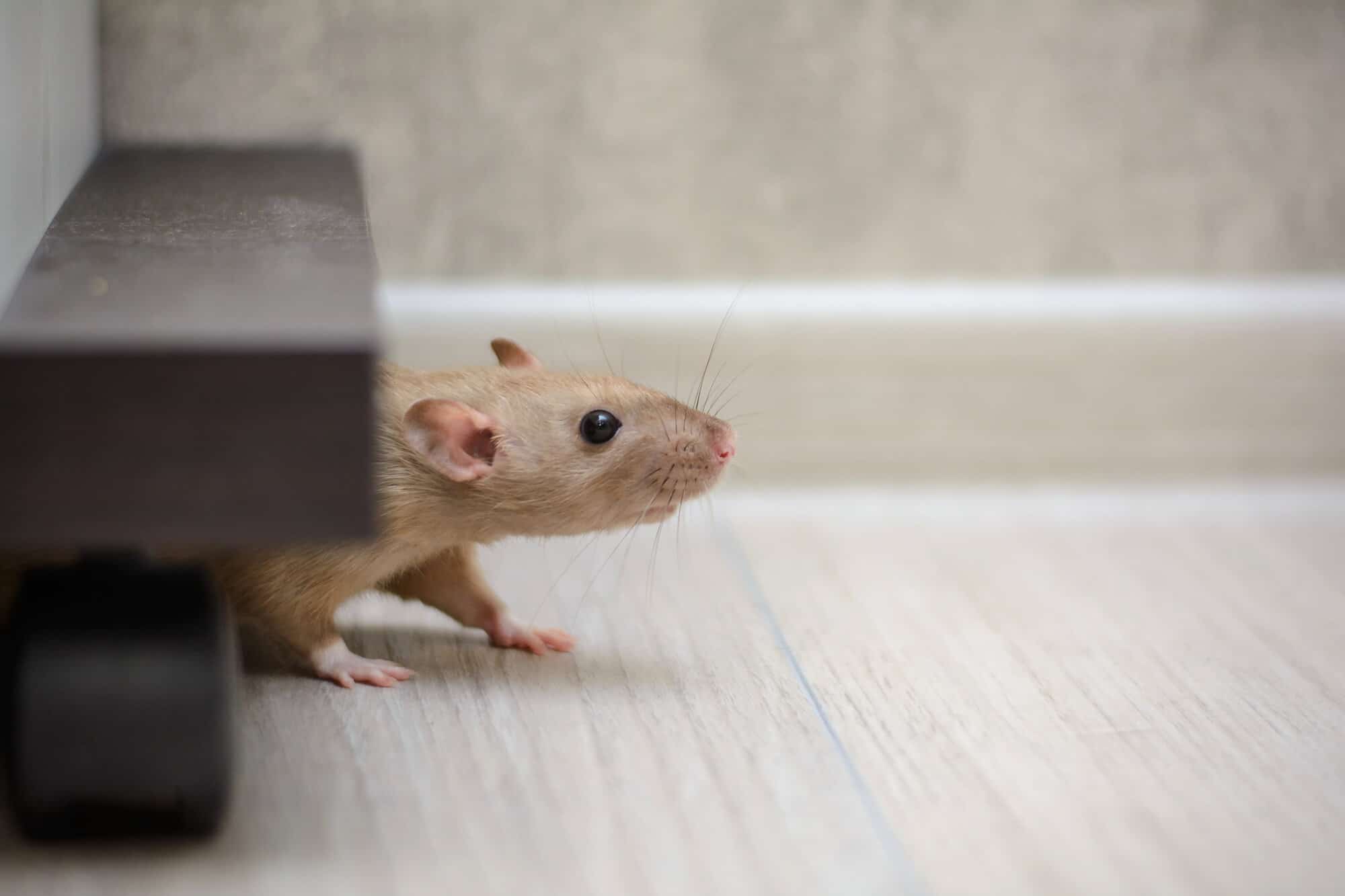
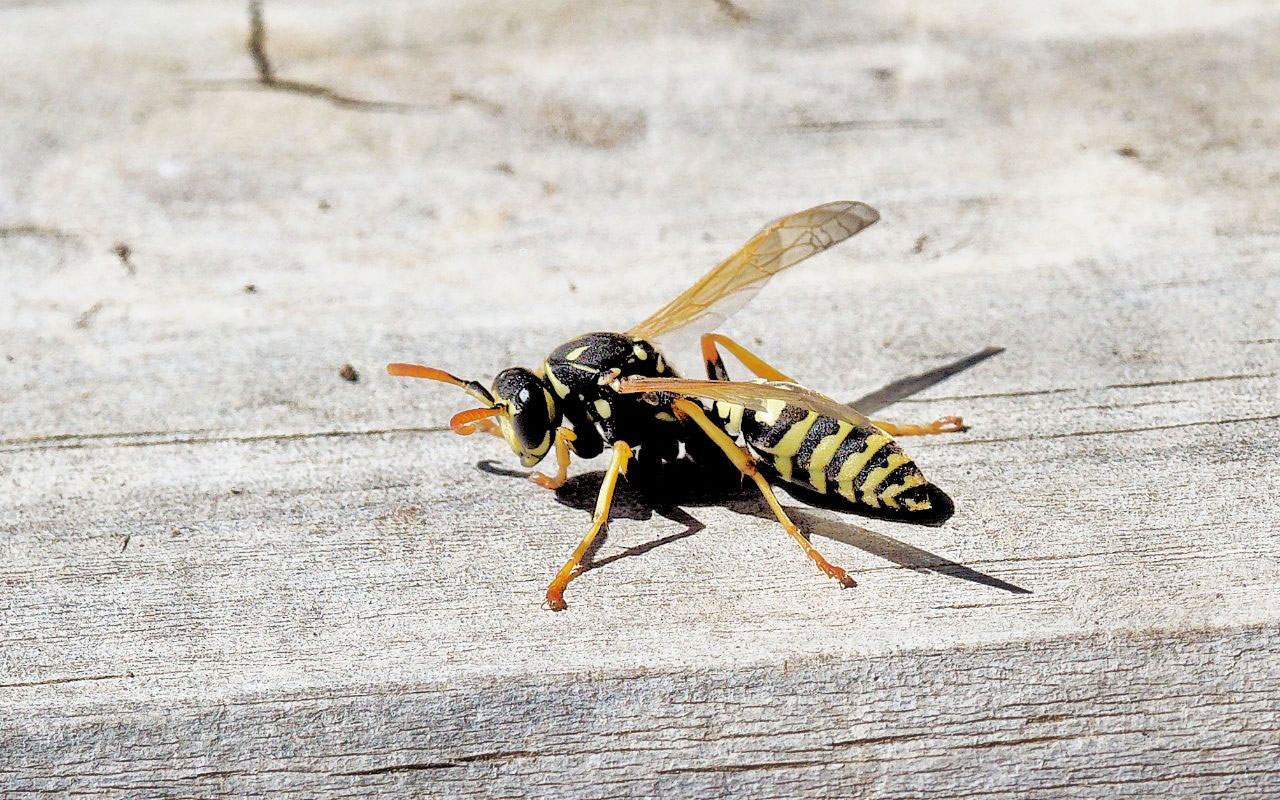
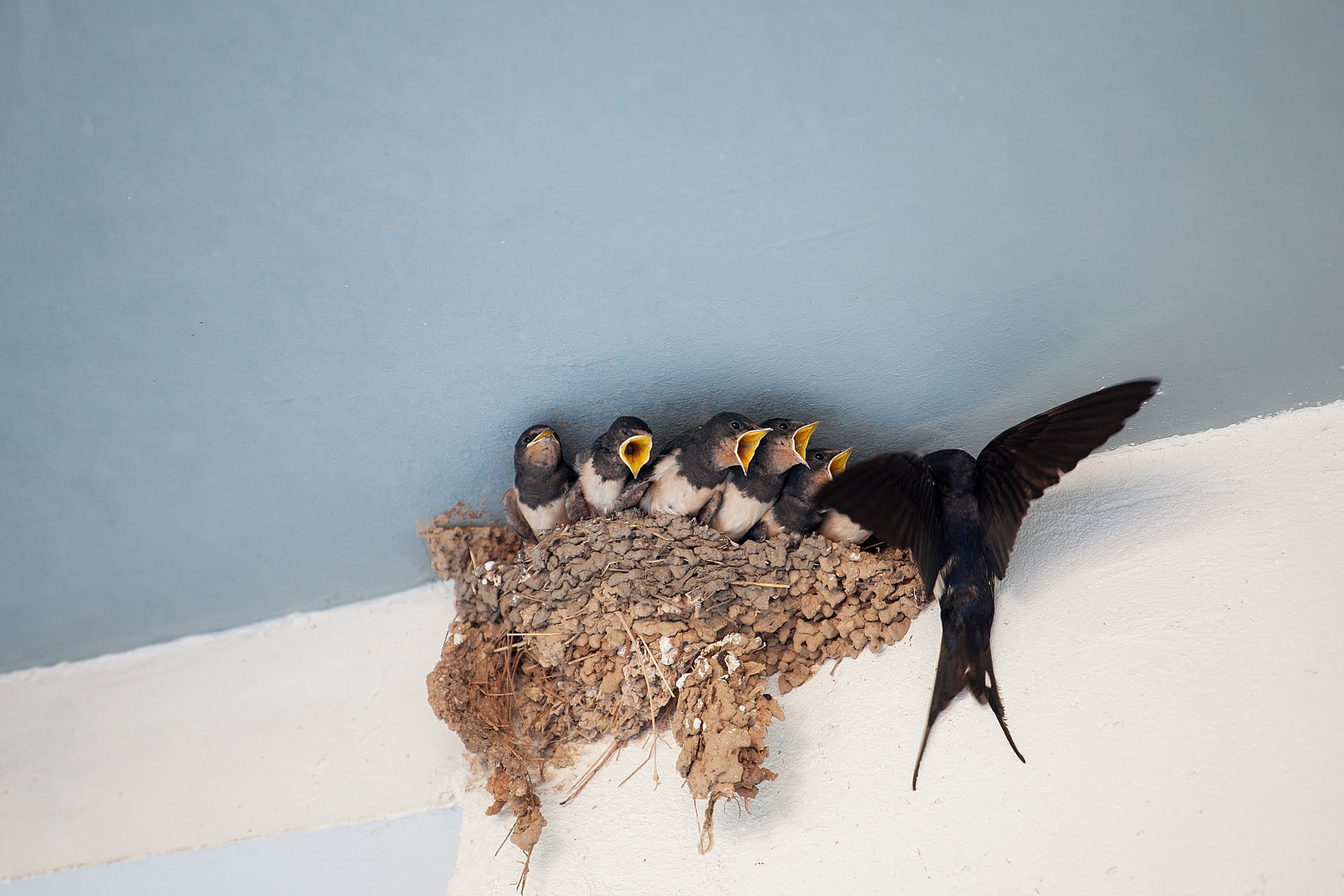

0 thoughts on “How To Keep Animals Out Of Garden”